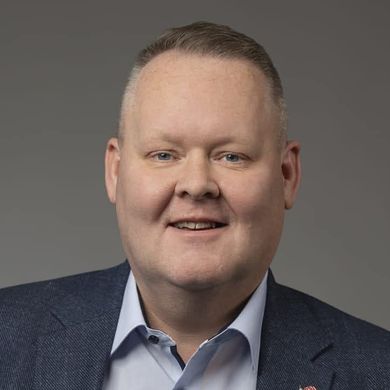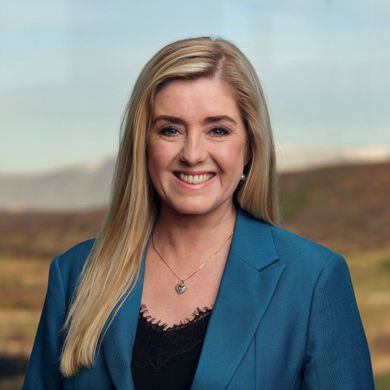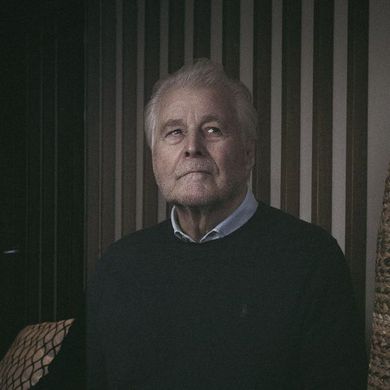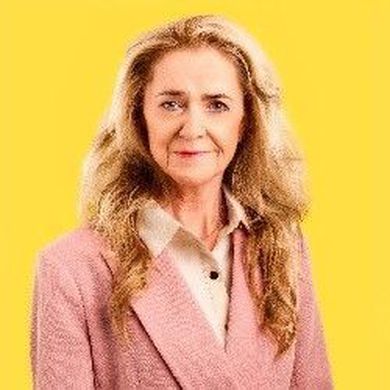Enron is a prime example of what happens when the appearance of high compliance and corporate governance is accompanied by a lack of substance. Let's begin with the directors and management of the company.
Enron's board of directors was highly impressive from the outside. There were predominantly company outsiders providing an objective and impartial perspective, which was precisely why they were hired. Additionally, they held substantial equity positions in the corporation, which was intended to align their interests with those of the public shareholders. Additionally, the board met frequently. The audit committee, a subcommittee of the board of directors, was responsible for monitoring the financial reporting and disclosures of Enron. They were similarly remarkable. They were likewise constituted of highly regarded persons.
Exactly what was Enron? Enron was initially a Houston, Texas-based energy trading corporation. They paired natural gas buyers and sellers. Then they extended into coal, power, metals, and weather, which may indeed be traded. They were trading presumably energy-related items, and Then they spread even more, and further, and further. They ultimately omitted some of their new business operations from their balance sheet, which is meant to present an overview of a company's assets, liabilities and capital. Enron also shifted certain entities to shell corporations known as SPEs. or special purpose corporations, in order to disguise debt. The reasoning behind these decisions was straightforward: Enron did not want to report losses on its true financial accounts. The financial statements that analysts examine and evaluate. They also sold companies with commitments to repurchase them shortly thereafter in order to record a profit in a specific quarter or fiscal year. Enron went to extraordinary lengths to promote the appearance of success. They constructed a false trading floor to deceive investors into believing that company was growing. Enron gave tours of its headquarters, including the trading area on the sixth level, for numerous years. In addition, they organized a tour for Wall Street research analysts who were in town for a company's annual meeting. Built initially for Enron energy services, the area was filled with desks, seats, computers, telephones, and other equipment. But long before the energy services division was functioning, CEO Ken Lay would invite employees from other floors into the building. Tell them to act as if they are working. Other employees were instructed to phone the trading room and try to create the impression that genuine work was being performed, despite the fact that no work was being performed. This sequence was completely and meticulously rehearsed. An ex-employee remarked, "It was an extravagant Hollywood performance that we put on every year to dazzle the analysts and drive the stock price up." Another employee reported that they requested us to go in hour-long stints and sit as if we lived and worked there. And another employee stated, quote, the day before we had a rehearsal with Skilling and Lay. And Skilling stated that he desired to portray Paul Newman in the film The Sting when the analysts arrived. Remember that Skilling and Lay were the company's CEOs. Initially, the disguise was effective. Arthur Anderson was the accounting firm for the corporation. They evaluated and authorized certain problematic bookkeeping transactions. Enron's revenue increased substantially. Their 1995 revenue was therefore less than $10 billion. Five years later, in 2000, it surpassed $100 billion, and Enron garnered various awards during this period. It was frequently mentioned as a wonderful firm in the news and numerous industry publications, and Wall Street experts adored it. But ought it to have been?
You must realize that nobody truly comprehended how Enron was making so much money, which sounds a bit absurd in retrospect. When questioned, the corporation and management frequently responded with evasion, ambiguity, or extremely convoluted explanations. And frankly, some individuals simply accepted it and did not persist. And, as stated, for many years they were able to get away with it. Enron was, after all, the darling of Wall Street. It was the most popular stock until it wasn't. Bethany McLean, an astute reporter for Fortune magazine, may have marked the beginning of the end when she penned the piece Is Enron Overpriced? In the essay, McLean began to inquire about the valuation of Enron shares by posing a very simple and direct inquiry. How does Enron generate revenue? She commented on the lack of openness that Enron provided to all research analysts, citing quote, unusual transactions and quote, unpredictable cash flows in the company's statements. Then, in October 2001, Enron declared that it would restate its financial accounts for three years to remedy numerous accounting breaches. The recalculations reduced previously reported earnings and raised liabilities. The following month, in November, it was revealed that the Securities and Exchange Commission was conducting an official investigation into certain accounting problems in Enron's financial statements. In December of 2001, Enron filed for bankruptcy protection. After Enron's stock plummeted from nearly $50 in the previous summer to a mere 0. Their credit rating was reduced to just above junk, and they were unable to sell the business. The bankruptcy was the largest in the history of the United States.
Until the next year, when WorldCom also declared bankruptcy due to accounting fraud.
So, what occurred as a consequence? Because the majority of their retirement savings were invested in Enron shares, 20,000 Enron employees lost both their employment and their retirement funds. Their accounting firm, Arthur Andersen, was found guilty of obstruction of justice, and they went out of business as a result. Several years later, the Supreme Court of the United States reversed its decision, but it was too late. The corporation went bankrupt, and around 85,000 employees lost their jobs. The company's CFO, Andrew Fastow, was found guilty and sentenced to ten years in prison. His assistant treasurer wife was also found guilty. Chairman and CEO Ken Lay was found guilty. He passed away before being sentenced, but I am certain he would have received an extremely severe punishment. The subsequent CEO, Jeff Skilling, was also found guilty. He was sentenced to 24.4 years in jail. Chief Accounting Officer Rick Causey was found guilty and sentenced to seven years in jail.
And eight others were found guilty as well. Four employees of Merrill Lynch were convicted of aiding and abetting in one of the deals. In July of 2002, as a direct result of Enron's bankruptcy, the Sarbanes-Oxley Act was passed. Therefore, Sarbanes-Oxley was enacted in direct response to the Enron scandal, and it drastically altered the compliance landscape. To combat accounting fraud and protect shareholders, it imposed additional responsibilities on public corporations and accounting firms.
The measure eliminated troublesome accounting loopholes and practices. It increased the requirements for corporate openness in shareholder reporting and enhanced compliance monitoring. For instance, managers and auditors must now establish and report on the effectiveness of internal controls. In addition, senior management must attest to the financial statements' correctness. In addition, the measure enhanced the penalty for wrongdoing and bolstered whistleblower protections for those who disclosed fraud. It also authorized the establishment of the Public Company Accounting Oversight Board, which oversees audits of public companies.
Although some criticize the Sarbanes-Oxley Act for increasing business costs, I believe it has reduced corporate fraud and enhanced investor protections in general. How then could Enron have occurred? How could such a vast fraud occur? And most crucially, how might further frauds follow in its wake? What lessons can we learn about compliance from Enron? Numerous participants in the structures and transactions were obviously aware of their error. Numerous individuals were aware of Enron's misreporting of debt and other accounting issues. Was it a criminal enterprise or just part of the dishonest culture? How were these actions permitted to begin and continue while so many individuals were aware?
Höfundur er lögfræðingur og er greinin unnin úr kúrs sem hann tók hjá University of Pennsylvania Carey Law School.




































